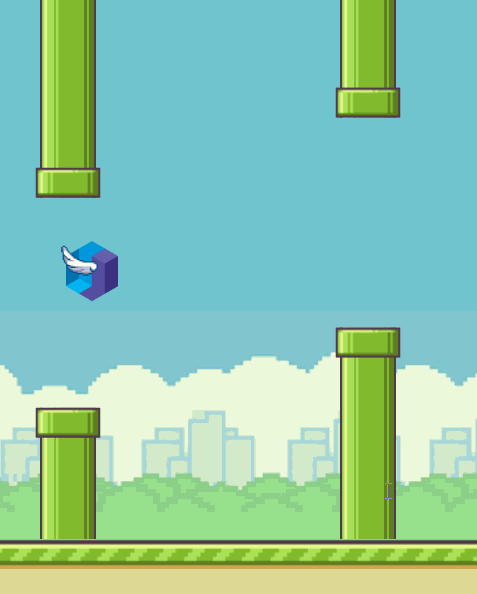Maha Bali has written a blog post asking why we talk about “a domain of one’s own” and “reclaim your domain” since people never really own their domains. They merely rent them, she points out.
My understanding of ownership is that something belongs to me. That I have already acquired it or been gifted it. And I own it until I die, no additional payment required. If I own it and I die, it passes to my heirs.
It’s a fair point. One pays a fee for the right to register (and renew) a domain name for a website; one likely also pays a fee to a company that hosts the files for that website so that it is accessible over the network. One pays a fee to access the network. These fees must all be paid monthly or annually to maintain access and functionality.
The “domain of one’s own” isn’t owned; it’s leased, Maha contends. But when one controls – albeit temporarily – a domain name and a bit of server space, I contend, we act in resistance to an Internet culture and an Internet technology and an Internet business model in which we control little to nothing. We own little to nothing.
Increasingly, we work for free for major Internet technology companies, on their platforms. We post our photos, our status updates, our articles, our discussions. We share, we like, and we retweet. Our content and our data, shared publicly, become theirs to profit from.
Shared in public, none of this is public in terms of ownership, let’s be clear; this is almost entirely private infrastructure. Thus, our rights are always already limited; and any notion of “ownership” that we might have based on physical property does not necessarily extend to the digital.
Nonetheless I don’t think that the Domain of One’s Own initiative is mislabeled, as Maha implies in her post.
I want to dig a little deeper into both the etymology of the phrase “domain of one’s own,” the meaning of the words “own” and “ownership,” and the legalities and practicalities of the latter in particular in a digital world.
A student must have a domain of her own if she is to write...
The University of Mary Washington’s initiative, “Domain of One’s Own,” is phrased thusly as a nod to Virginia Woolf’s essay “A Room of One’s Own,” in which she famously quipped that “A woman must have money and a room of her own if she is to write fiction.” We can critique – and certainly we should – the class implications and expectations in Woolf’s commandment here; and we must consider both the financial burden and the transaction mechanism of a push for domains in education – as Maha notes, for example, many students in Egypt don’t have a credit card with which to make online purchases.
“Give her a room of her own and five hundred a year, let her speak her mind and leave out half that she now puts in, and she will write a better book one of these days,” Woolf wrote in 1929. (That 500 quid is the equivalent to about $37,000 when adjusted for inflation.) But Woolf is not simply talking about having a piece of paper – a title, for example – that decrees she owns the room. It’s about having the financial freedom and a personal space to write.
To own is to possess. To own is to have authority and control. To own is to acknowledge. It implies a responsibility. Ownership is a legal designation; but it’s something more than that too. It’s something more and then, without legal protection, the word also means something less.
University of Mary Washington professor Debra Schleef recently wrote about a Domain of One’s Own Book Club at UMW, making explicit the connections between Woolf and the domains initiative at the school and asking,
What does it mean, both literally and figuratively, to have a room of one’s own? Woolf’s room with a lock, and resources (the famous “500 pounds a year,” but also education, time, and access) provides a place within which the figurative can flower. Similarly, a domain is more than a delimited internet space with your name on it – it is a figurative room that provides time, creative license, and a space to express oneself freely. Part of our discussion revolved around what people are most lacking that prevents them from fully using their domains. The time and space to write? Or is it something deeper than that – the need for a place to write and create without fear?
Ownership in a Subscription Economy
What does it mean to “own” a digital good – a domain name or otherwise? This strikes me as an incredibly important question for society (for students) to wrestle with, and it’s a question that is made explicit through the Domain of One’s Own initiative.
What do you own? Your degree? Your ideas? Your work? Are you sure? Have you read the fine print of the Terms of Service?
What data and/or content can you take with you when you finish a class or when you graduate? And what can you, as Maha frames it, pass along to your heirs when you die?
Of course, we might ask how these questions – all questions – about ownership are already shaped by the government and by banks, both of whom can readily seize the materials items in our possession. Then too, how are these questions reshaped by new technologies? Are we already predisposed to expect such seizures?
When it comes to all our digital data, the answer to the question “what do you own” is probably “not much.” You do not own your Amazon Kindle books; you’ve purchased a license to access the content. Your heirs will not inherit your digital reading library. You do not own the music you stream; you’ve paid for a subscription. Your heirs will not inherit your digital music library. You don’t own the movies you watch via Netflix; again, it’s a subscription and unlike a print magazine subscription, once you stop paying the bill, you won’t have stacks of old copies lying about. If you’re using proprietary file formats for your data or there are DRM restrictions on your content, it’s quite likely your heirs will be unable to open the files to even look at what they contain so as to judge if any of your bits and bytes are worth saving. You (likely) do not own the software you use (unless it’s open source); it’s been licensed to you. Similarly, you (likely) do not own the operating system that powers your computer; you’ve paid for a license there as well. And increasingly, there are restrictions with what you can do with the computer hardware as well as the software that you might think is yours because it is in your possession – but as Cory Doctorow argues, “If you can’t open it, you don’t own it.”
How do we resist this? (And resist this, I contend, we must.) How do we help people understand the fragility of their digital data, the gnawing away at ownership and at (individual and collective) memory and at individual and institutional legacy that the “Silicon Valley narrative” tends to exalt?
In part, I think we resist through education; we help students and scholars understand how new digital technologies work, how these technologies shape and reshape and are shaped by culture, politics, money, and law.
In part. In part.
The False Promises of an “Ownership Society”
President George W. Bush once exulted an “ownership society,” a promise for all Americans, he said. I think we know such a thing as an “ownership society” has never existed for all of us. Nor has, to be fair, the ability to have "a room of one's own." But Bush made this phrase – “ownership society,” – a cornerstone of his policies circa 2003–4 as he cut taxes. Americans would and could and should own their own house, he argued. They would and could and should be responsible for their own medical insurance. They would and could and should be responsible for their retirement savings. They would and could and should have to pay for their own education.
The cornerstone of an “ownership society” is privatization. The cornerstone is a dismantling of public infrastructure. Costs and risks are thus transferred to the individual.
And now, we’re told – after all the subprime mortgage crisis, the student loan debt crisis and on and on and on – we have moved to a “post-ownership society.” It’s all still heavily privatized, but now you own nothing. You just rent. You just borrow. You just subscribe. You just share. You owe, not own. You work, but part-time. You work, but freelance. Everything is contingent; all aspects of life, now precarious. But you’re free… You’re free from owning.
So yes, it’s certainly worth asking: does “Domain of One’s Own” transfer costs and risks – as both the ownership and the post-ownership society would like to sell us on – to the individual? I’m not so sure it does, or at least that it does in the same way as Bush's vision of an “ownership society”. It seems, rather, that the rest of ed-tech – the LMS, adaptive learning software, predictive analytics, surveillance tech through and through – is built on an ideology of data extraction, outsourcing, and neoliberalism. But the Web – and here I mean the Web as an ideal, to be sure, and less the Web in reality – has a stake in public scholarship and public infrastructure. Indeed, I’d contend that many of the educational technologies that schools have chosen to adopt in lieu of the Web, in lieu of projects like Domain of One’s Own, help further this Uber-ification of education, in which everything we do now is trackable, extractable, and monetizable by other platforms, by private, for-profit companies.
How do we resist this? (And resist this, I contend, we must.) We resist through education. Yes. But we also must resist at the level of structure, at the level of systems, at the level of infrastructure. We can challenge how the Web and the Internet work – at the level of politics, power, money, and technology. But we can do so only if we understand what’s at stake, if we understand that the Web and the Internet are not naturally-occurring entities but are corporate and national forces bending towards certain ideological ends – privatization and profit.
“A Domain of One’s Own,” which operates at the level of infrastructure, at the level of literary analysis, at the level of literacy, at the level of feminism (a flawed feminism, to be sure, with its early twentieth century British heritage) and at the level of technology (a flawed technology, to be sure, with its imperialist, militarist heritage) is just one way for us to build forward, to build better public practices around scholarship. I’m not sure that “ownership” is the wedge I want to use to argue for this project; but I am certain that “post-ownership,” where we all just “share” and “rent” on the powerful platforms of Silicon Valley billionaires, is far from a satisfactory alternative. When I call for each of us to have a domain of our own, I’m not really invoking “ownership” in the way in which Maha suggests the "Domain of One's Own" initiative implies; but I am, I do confess, invoking Virginia Woolf and the importance having the space and safety and security (financially well before technologically) to think and write and be.
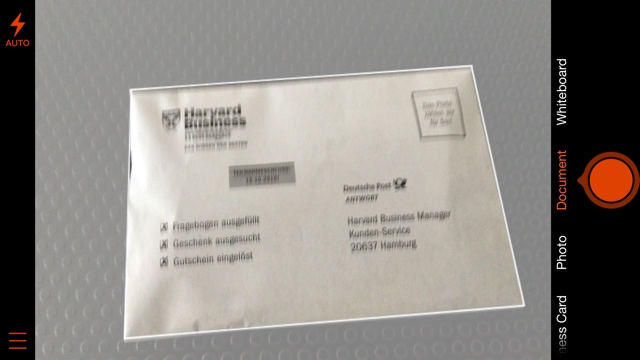
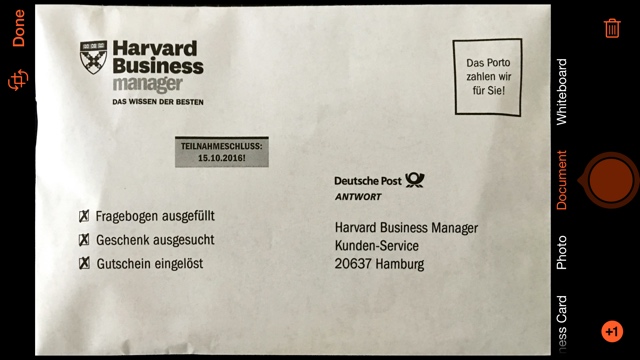
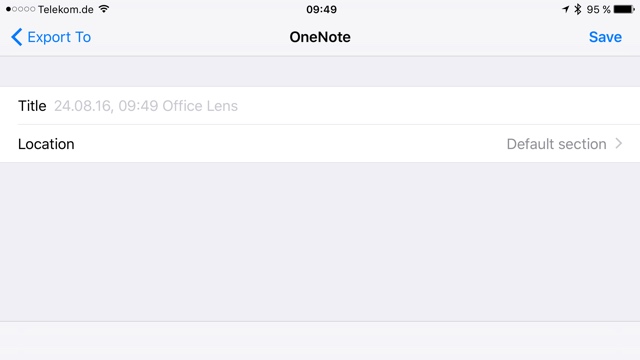

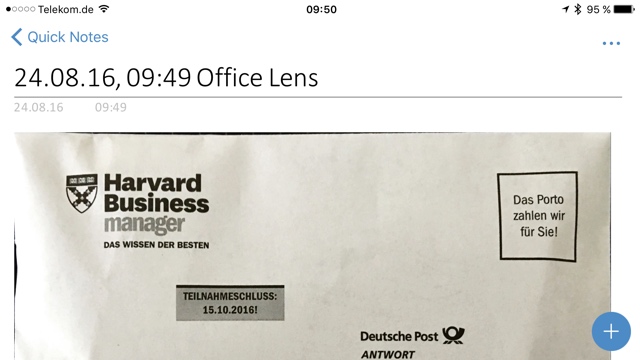
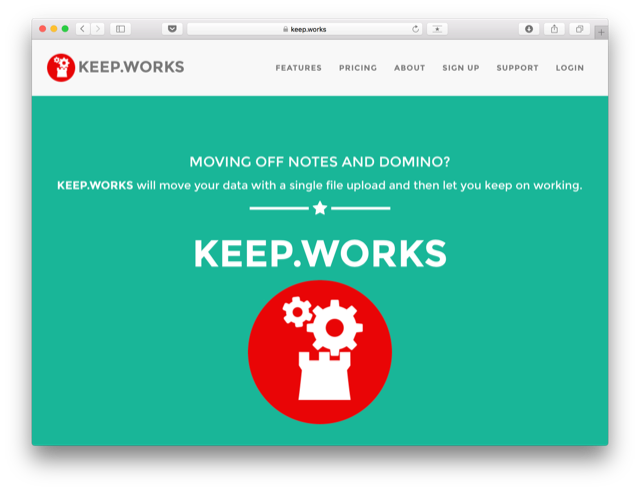





 Werner Herzog, director of LO AND BEHOLD, a Magnolia Pictures release. Photo courtesy of Magnolia Pictures.
Werner Herzog, director of LO AND BEHOLD, a Magnolia Pictures release. Photo courtesy of Magnolia Pictures. A scene from LO AND BEHOLD, a Magnolia Pictures release. Photo courtesy of Magnolia Pictures.
A scene from LO AND BEHOLD, a Magnolia Pictures release. Photo courtesy of Magnolia Pictures. A scene from LO AND BEHOLD, a Magnolia Pictures release. Photo courtesy of Magnolia Pictures.
A scene from LO AND BEHOLD, a Magnolia Pictures release. Photo courtesy of Magnolia Pictures. A scene from LO AND BEHOLD, a Magnolia Pictures release. Photo courtesy of Magnolia Pictures.
A scene from LO AND BEHOLD, a Magnolia Pictures release. Photo courtesy of Magnolia Pictures. Dr. Leonard Kleinrock in LO AND BEHOLD, a Magnolia Pictures release. Photo courtesy of Magnolia Pictures.
Dr. Leonard Kleinrock in LO AND BEHOLD, a Magnolia Pictures release. Photo courtesy of Magnolia Pictures.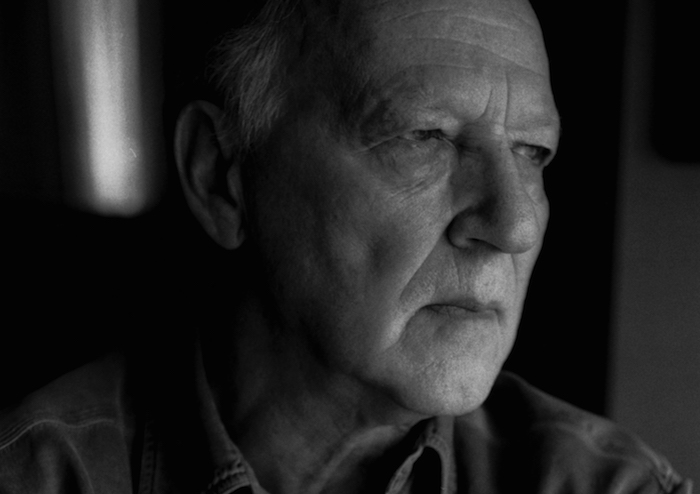


 Earlier this week, Google released the final version of Android 7.0 Nougat. The latest and sweetest version of Android comes with a number of new features that will make the experience of using the OS even better.
Earlier this week, Google released the final version of Android 7.0 Nougat. The latest and sweetest version of Android comes with a number of new features that will make the experience of using the OS even better.


